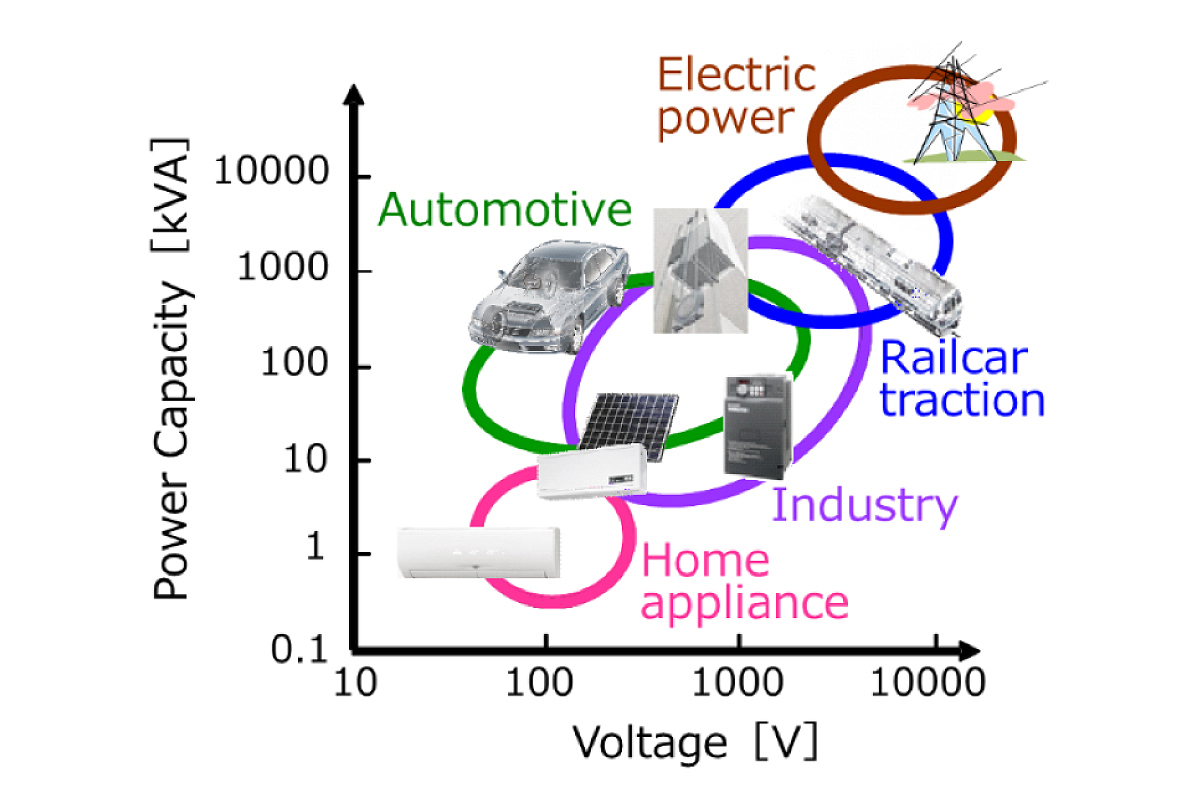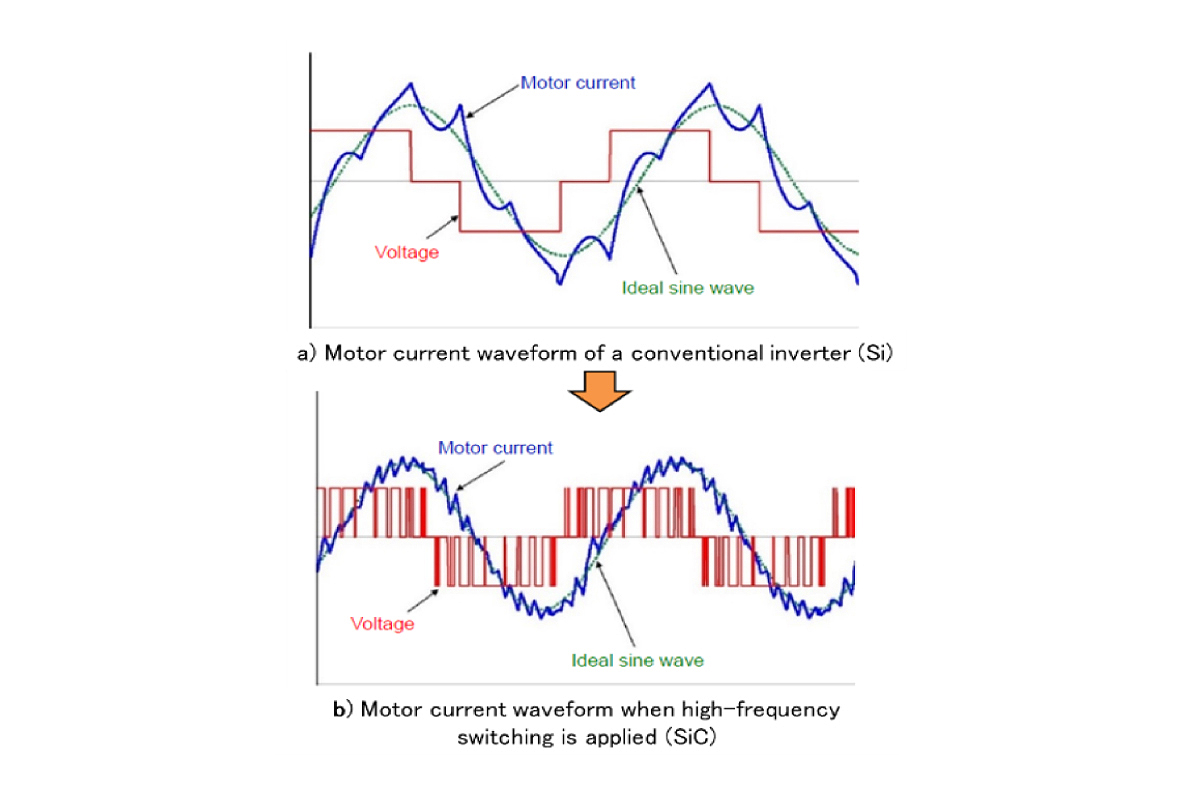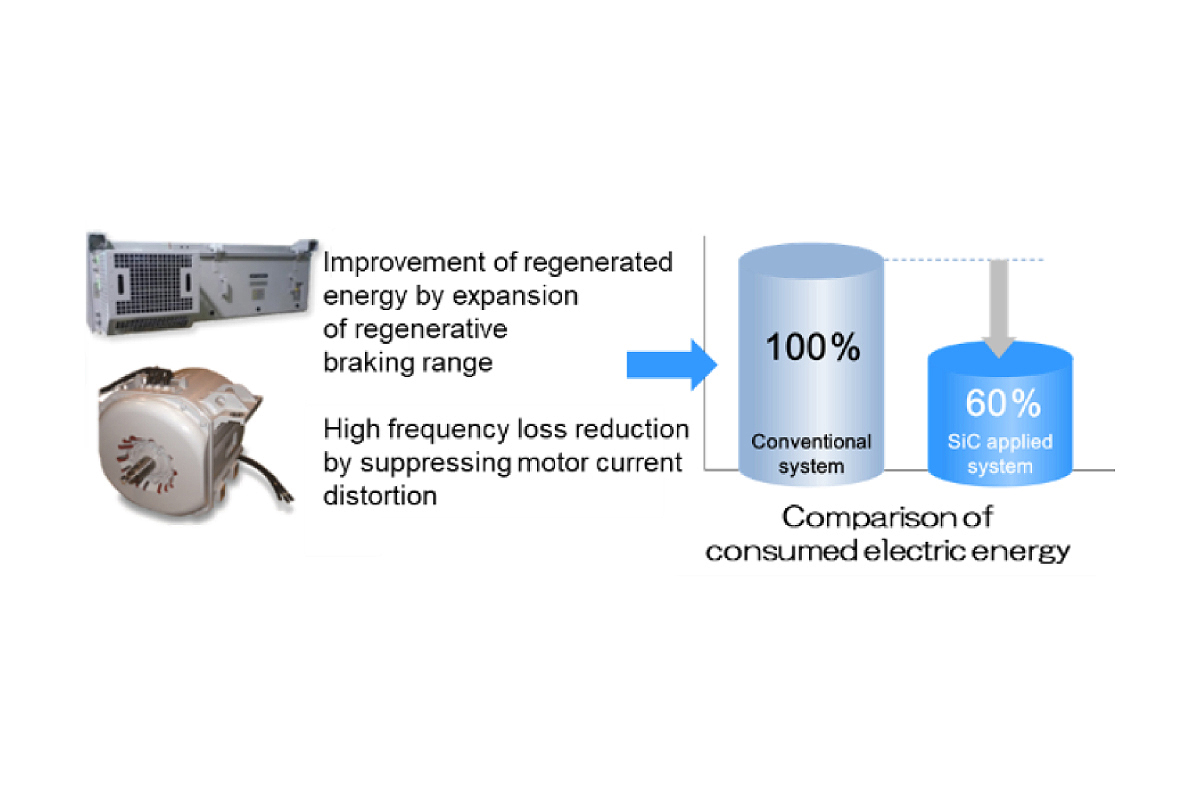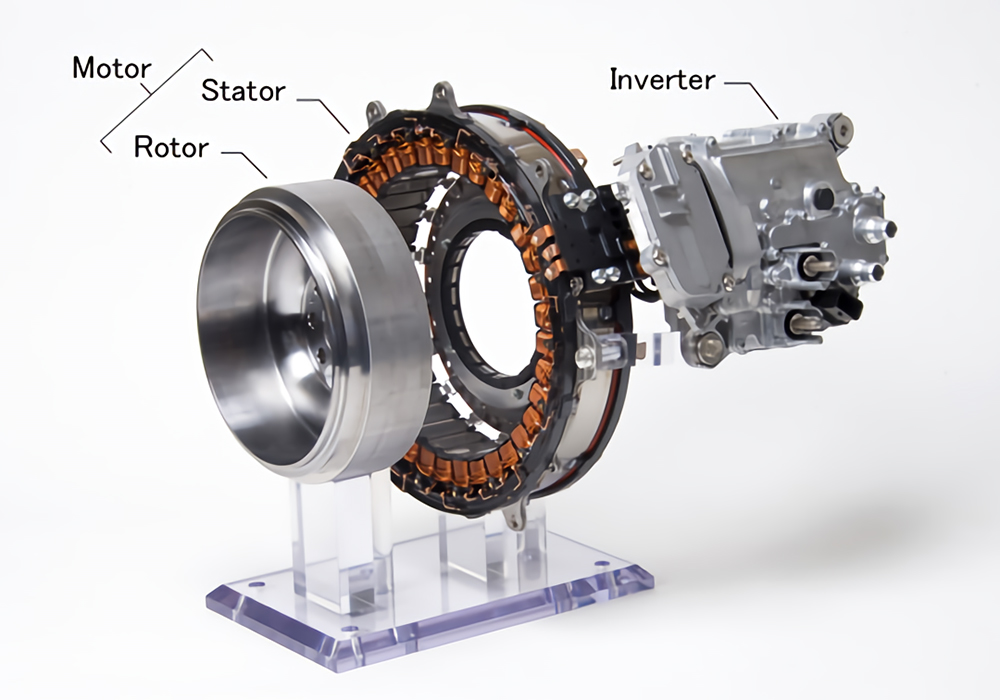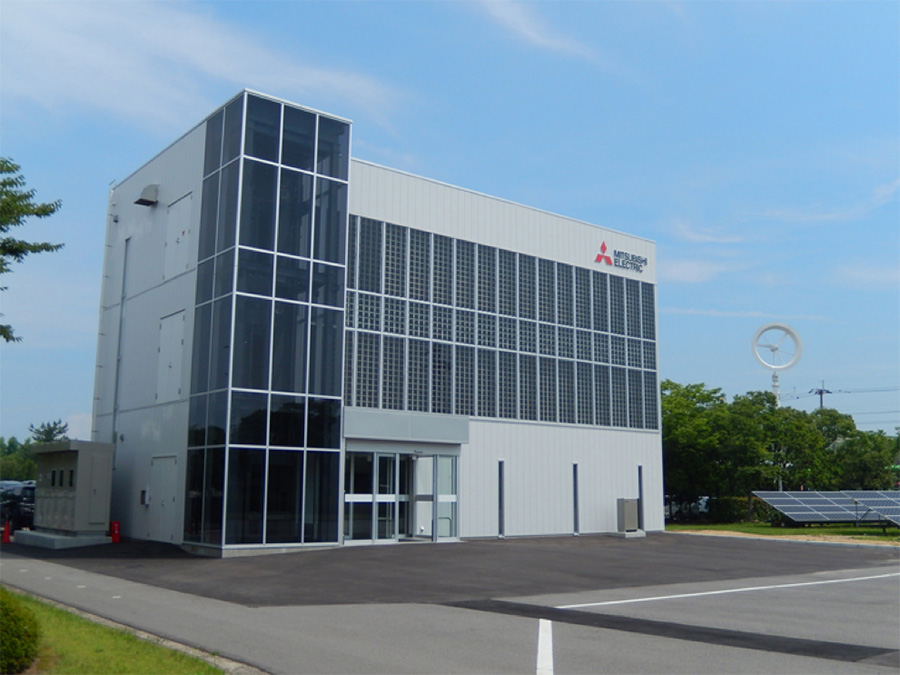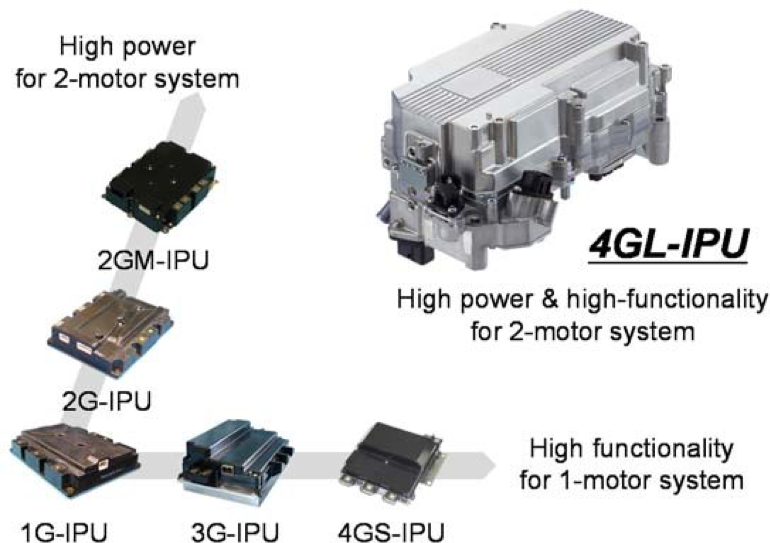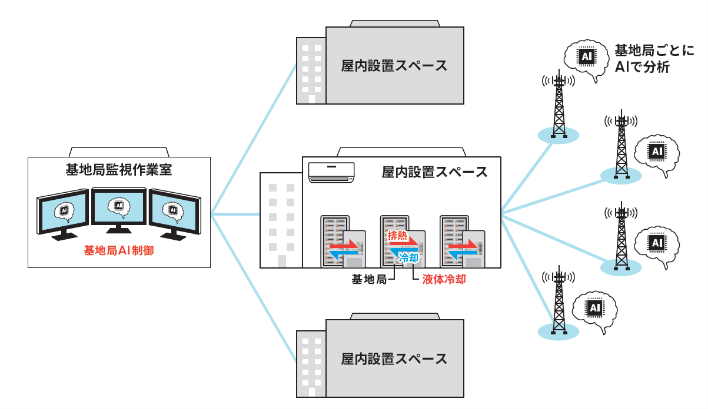Energy saving technology for power electronics equipment with SiC devices
Mitsubishi Electric Corporation
Outline
Applications of power electronics have been contributing to energy-saving in a wide range of fields from Home appliance to Industrial, Automotive, Railway, and Electric power. SiC (Silicon Carbide) devices can achieve performance far beyond the limits of Si devices and are expected to be key devices to further advance power electronics. Since 2010, Mitsubishi Elerctric Corpotraion has introduced Air conditioners and Railcar traction system with SiC device into market and realized energy-saving.
In railcar traction system, the application of SiC-MOSFET (Metal-Oxide-Semiconductor Field-Effect Transistor) has significantly reduced the losses of mechanical brakes and motors, which were the main power losses in the main circuit system, and has demonstrated energy savings by approximately 40% for the system.
Mitsubishi Electric will continue to promote development of equipment with downsizing, performance improvement, etc. to respond to various systems for further popularization of power electronics with SiC devices.
Description
Energy saving effect by SiC devices in Railcar traction system
Since SiC devices have excellent switching performance, high-frequency switching can reduce motor loss. As shown in Fig. 2, the SiC device can perform high-frequency switching operation and can obtain motor current with few harmonics. Thus motor losses can be reduced.
Furthermore, expanding the power regenerative braking range to the high-speed range reduces losses of mechanical brakes. Though high motor current is needed to achieve this operation, which causes big inverter loss. However, SiC devices suppress the inverter loss, and it also expand the regenerative brake area to the high-speed area.
In 2014, railcar traction inverter with 3.3kV all-SiC Power Modules for 1500V DC catenaries was put into commercial operation The energy-saving effect was tested for approximately four months, and the energy is saved by approximately 40% for the entire main circuit system compared to the previous models (Fig.3).
Part of this development was carried out under a contract with the New Energy and Industrial Technology Development Organization (NEDO) in Japan.
Supplementary information
1. Mitsubishi Electric ADVANCE 2018, vol.164
https://www.advance.mitsubishielectric.com/advance/pdf/2018/164_TR4.pdf
2 News Release:
(1) Mitsubishi Electric to Launch Railcar Traction System with All-SiC Power Module
https://www.mitsubishielectric.com/news/2013/1225.html
(2) Mitsubishi Electric to Supply Railcar Traction System with All-SiC Power Module to Odakyu Electric Railway
https://www.mitsubishielectric.com/news/2014/0430.html
(3) Mitsubishi Electric's Railcar Traction System with All-SiC Power Modules Achieves 40% Power Savings
https://www.mitsubishielectric.com/news/2015/0622-a.html
(4) Mitsubishi Electric Installs Railcar Traction System with All-SiC Power Modules on Shinkansen Bullet Trains
https://www.mitsubishielectric.com/news/2015/0625.html
2. Global Website
Initiatives that contribute to addressing environmental issues of Mitsubishi Electric Corp. Semiconductor & Device Group
https://www.mitsubishielectric.com/en/sustainability/csr/management/social_contributions/semiconductor/index.html
Other Innovation Challenges
Advanced technology for buildings providing energy-saving and comfortable indoor environment (under Net Zero Energy condition)
Mitsubishi Electric Corporation
Crankshaft ISG System for 48V Hybrid Vehicles
Mitsubishi Electric Corporation
D-SMiree System for Medium-and Low-voltage DC Distribution
Mitsubishi Electric Corporation
Similar Innovation Challenges
Accelarating the penetration of renewable energy resources with “Open Energy System”
Sony Group Corporation
Achieving net-zero carbon emissions from plant factories using full artificial lighting
Taikisha Ltd.
Advanced technology for buildings providing energy-saving and comfortable indoor environment (under Net Zero Energy condition)
Mitsubishi Electric Corporation
AI control reduces base station power consumption by up to 50%
KDDI CORPORATION



